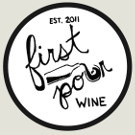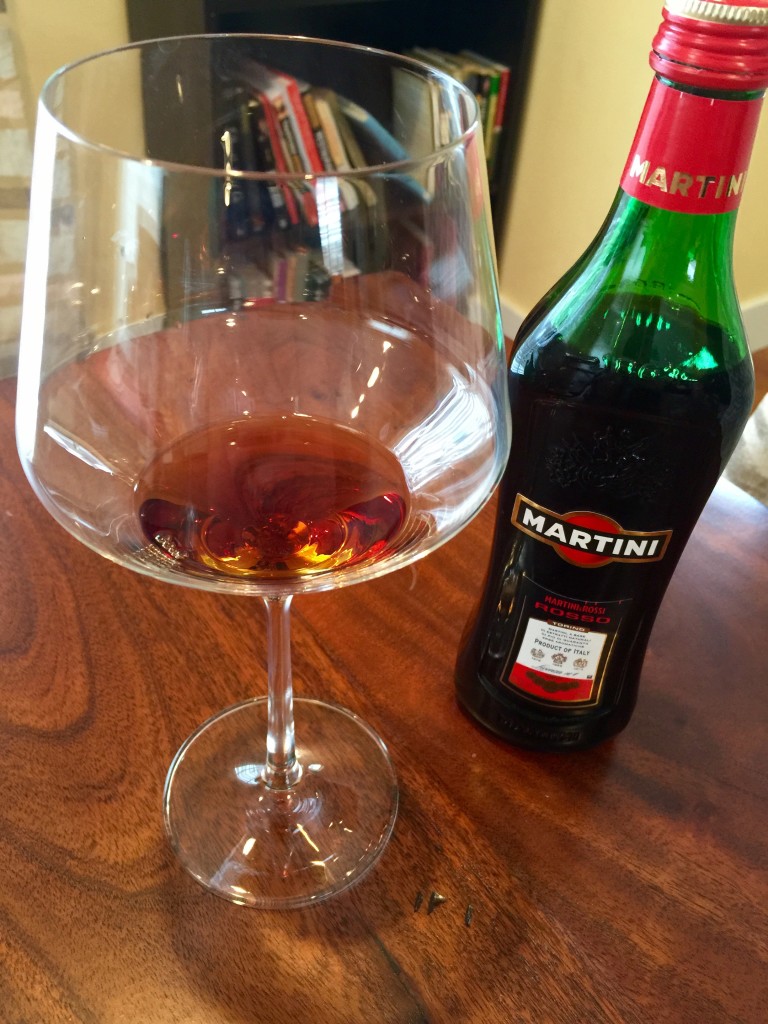All this week on First Pour Wine, we’ll be focusing on fortified wines that primarily get play time as cocktail ingredients. Leading off is vermouth.
Vermouth is by far one of the most confusing areas of fortified wine, as it has a broad number of incarnations. Generally speaking, Vermouth can be broken down into Dry (White) and Sweet (Red). These can also be referred to as French and Italian, which refers to style, not color. If that’s not confusing, there are also a plethora of modern and niche styles that make up the market, including rosé, bianco, modern styles, and so much more.
Vermouth is at it’s core an apretif, a wine designed to stoke the appetite when consumed on it’s own. To make vermouth, wine is taken, and then fortified, typically with neutral grape brandy (although there are other options, and at least one vermouth on the market does this process with Port). The wine is then aromatized, having barks, herbals, and other ingredients added to the wine to produce the flavor profile. Unsurprisingly, Vermouth therefore has a history of being used as a medical tonic.
In the case of sweet vermouth, it’s not used as a medicine anymore, but has a use in a number of cocktails. The most common of which is a Manhattan (5 parts bourbon / rye, 2 parts Sweet Vermouth, Dash of Bitters). Change the Bourbon for Scotch and you have Rob Roy. Prefer gin? You can make a Negroni (1 part Sweet Vermouth, 1 part Gin, 1 part Campari). While list of cocktails you can put sweet vermouth in goes on and on, you can also drink it straight or ice. With that said, and the fact that you wouldn’t cook with a wine you wouldn’t drink, how does Martini & Rossi Rosso Vermouth do on its own?
Sight: A caramel color, leaning into walnut or chestnut.
Smell: The herbal smell not unlike quinine is definitely present along with a raft of other interesting smells, including but not limited to, juniper, vanilla, caramel, musk, candied orange, and various other herbs. The nose definitely leans into the sweet side.
Sip: Sweet to start with just a hint of bitterness, there are lots of herbal notes right off the bat. The caramel sweetness is tinged with quinine, wormwood, and warm hints of orange. Hints of nuts start to play toward the back of the palate, and thanks to the sweetness it feels round and full.
Savor: The ending includes some of those partially herbal notes, but as the finish carries, it picks up elements of sweet almonds, vacillating between bitter and sweet. The herbs and nuts hang in the balance, going between quinine and rosemary and walnut.
Martini & Rossi Rosso Vermouth is definitely herbally forward, playing sweetness up over the wine itself. As you wouldn’t normally drink this on it’s own, it’s going to impart some of those nuttier, herbal based flavors into the cocktails. While it is tasty, the finish is a little harsher than one would like for straight sipping. As a dependable standard, I don’t mind seeing Martini & Rossi Rosso Vermouth, and keep it around my own place thanks to it’s lower price point.
Verdict: Herbal, Nutty, Caramel, Sweet
Rating: 71
Price: $5 for a 375ml
Torino, Italy

